1019 Prisoners of hope & memory
Two books reviewed by Sheldon Goldfarb:
The Girl Who Stole Everything: A Novel
by Norman Ravvin
Montreal: Linda Leith Éditions, 2019
$21.95 / 9781773900278
*
Prisoners of Hope: Rising from the Ashes of the Holocaust: An Eyewitness Account of Life in the Auschwitz Extermination Camp and Two Slave Labour Camps (1944-1945)
by George L. Pal (Former Prisoner #42821)
Victoria: George L. Pál, 2020
[price forthcoming] / 9781777108601
Reviewed by Sheldon Goldfarb
*
Editor’s note: In honour of International Holocaust Remembrance Day, January 27, 2021, we are pleased to present a joint book review by Sheldon Goldfarb of The Girl Who Stole Everything, by UBC graduate and ex-Vancouverite Norman Ravvin, now of the Department of Religions and Cultures at Concordia University; and Prisoners of Hope, by George Pál of Victoria (born 1927), formerly Dean of Engineering at Mohawk College in Hamilton, Ontario.
*
 The reviewer is expecting a Holocaust novel, and bracing for it, but the opening chapter of The Girl Who Stole Everything is lyrical, magical, far away from the Holocaust, though of course suggesting it, with its mysterious discovery in an abandoned Jewish cemetery near the Polish village of Radzanów. This is in the present (more or less), but you will turn the page and find yourself in …
The reviewer is expecting a Holocaust novel, and bracing for it, but the opening chapter of The Girl Who Stole Everything is lyrical, magical, far away from the Holocaust, though of course suggesting it, with its mysterious discovery in an abandoned Jewish cemetery near the Polish village of Radzanów. This is in the present (more or less), but you will turn the page and find yourself in …
Vancouver? Yes, Vancouver, everyday Vancouver, UBC, the Buchanan Tower, the professor who tears down posters. Wait, what happened to the faraway magical Polish village, with its successful civil servant, Ania, and the little boy who buried a Jewish cat and made the sparks fly? Ania, known as the Typewriter Girl. Well, but in Vancouver there’s Nadia, the Dulcimer Girl, and we settle into her story, though we go back to Ania too, and then there’s Simon: what’s he doing in this book? But soon it’s his book. Someone Nadia discovers putting together a coffee house on West Cordova. Cordovaland, not a pleasant part of the city, and historically a place where Nadia’s uncle, a pawnbroker, was murdered.
That is the closest we get to a murder in this novel. We don’t see Jews being murdered in Poland, just the ghosts of them, or Poles dressed up as them to make a movie. Simon goes back to the small town just in time to see the movie and summons Nadia, but she doesn’t stay; she just plays her dulcimer and goes back. Simon, on the other hand, well, what does Simon do? Simon, whose father escaped this village and now wants nothing to do with it, though his old girl-friend, Ania’s mother, guards the family house, like a dragon, like a stone angel, very practical and yet remembering the past.
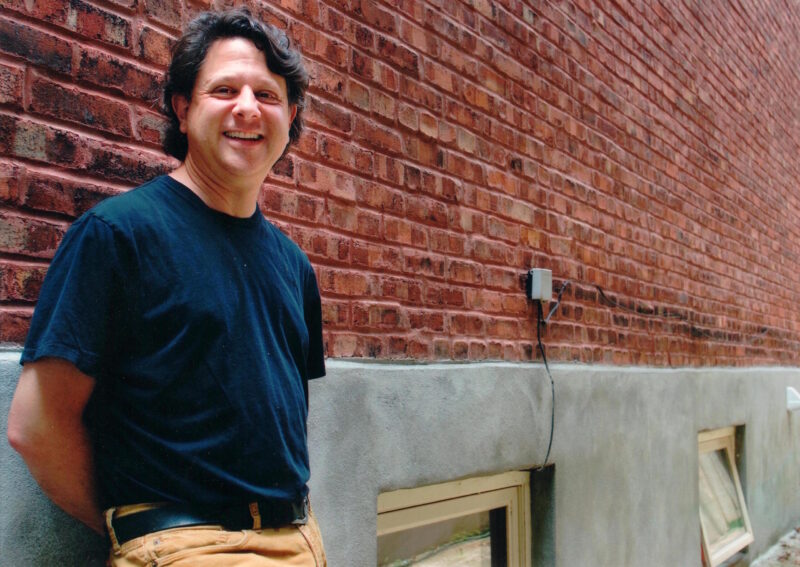
There is much remembering of the past here, much filtering through various levels of consciousness, the filmmaker’s, the friend who steals the pop bottle that killed Nadia’s uncle, the blog we read secondhand, seeing it through Simon’s eyes even as it talks about him. But it is him as seen by Nadia, who writes a blog called Rommel Drives on Deep into Egypt, after a Richard Brautigan poetry collection. Mysterious and echoing the past. And seeing through others’ eyes, just like the murderer Tommy Eden is seen through such eyes, the eyes of a newspaper writer exploring the murder of Nadia’s uncle, a murder that she would rather not know about, it seems at first. It is pushed on her by her friend Jess, who steals the pop bottle for her, as a sort of homage, since she is the Girl Who Stole Everything. Not that she really stole that much, except for a poet’s notebook once, which she hid away. Better to think of her as the Dulcimer Girl, studying music at UBC, supposedly doing research and piano, but really preferring to play her dulcimer on street corners or in Simon’s coffee house. Folky stuff, almost a busker, but a reverse busker, with money enough to want to give it away.
And what will she do? Where will she go? She is a lost soul, like Simon. They are two members of the guild of scholar-dreamers, he thinks, but are they? He was at UBC too, but no more, forced out for failing to finish his PhD, looking for something. And then his father’s friend, Mike, gives him the call: he will be his father’s stand-in, returning to Radzanów. Not that he’s really returning; he was born in Vancouver and now is buried in Cordovaland — except Nadia’s arrival, with a book beginning with the letter Z marked a sort of ending, he thinks. He must go to Poland, carry out his mission.
But what is his mission? To live in his father’s old house? On the surface it makes no sense, but this is a book of textured depths, not surfaces, a rich tapestry of intersecting stories, a heroic journey, something out of Joseph Campbell or Conrad. And what of Ania, the Typewriter Girl, once the typewriters are not needed anymore. Will she return to being a pure country girl? Give up her role as gatekeeper? Gatekeepers: her father hated gatekeepers. But what did he know? He cut off her hair and tried to sell it. Like a wicked witch in Rapunzel.
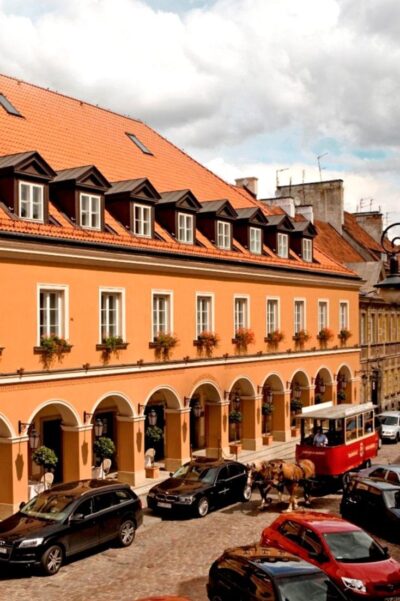
Is this all some great fairy tale? An archetypal Jungian story? There’s a Martha and a Magdalena too. Is it a Biblical tale? But that’s the wrong part of the Bible. “You’re the son,” Simon is told. It sounds mystical, but what does it mean? Oh, and there’s J.D. Salinger too: what’s he doing here, selling ham or something? In an old photograph. But then for some comic relief there is Canada in Poland: Ania loved Anne of Green Gables as a child, Simon will venture down a Polish river, looking for magic herbs, in a Canadian canoe (actually, that makes the reviewer think of Deliverance, but there are no banjo players, only the Dulcimer Girl). And in Warsaw the Dulcimer Girl will stay at the Hotel Regina. Really? But it’s true, there really is such a place, you could look it up.
And there really was a professor tearing down posters: you probably can’t look that up, but the reviewer remembers, and there really was a murder in a pawnshop in 1962 Vancouver; you can look that up and discover the murder victim had the same last name as the author’s grandfather. The myth of eternal return. To Eden? To Egypt? To Radzanów. This is a book that resonates on many levels.
*
 For a more straightforward account, one can turn to the memoir by George Pál, an actual Holocaust survivor now living in Victoria. Now 94, he visits school groups to talk about the Holocaust, and now has produced this memoir of how he was forced out of his home town of Mukachevo in the Carpathian Rus, a part of what was once the old country of Czecho-Slovakia, dismantled by Hitler in 1939 through the Munich Agreement.
For a more straightforward account, one can turn to the memoir by George Pál, an actual Holocaust survivor now living in Victoria. Now 94, he visits school groups to talk about the Holocaust, and now has produced this memoir of how he was forced out of his home town of Mukachevo in the Carpathian Rus, a part of what was once the old country of Czecho-Slovakia, dismantled by Hitler in 1939 through the Munich Agreement.
You may think you know this Agreement; it transferred the Sudetenland in the west to Germany, but it also transferred the Carpathian Rus to Hungary. And so, as Pál recounts, he changed countries without leaving town. But he does eventually have to leave town with the rest of the Jews (those who refuse to keep moving along are shot) and he ends up in various concentration camps, surviving on bread and watery soup with cooked carrots, which now he cannot stand to eat. He was beaten and forced to mark the bodies of the dead, including at one point his own uncle’s, and there was lice and terror, but he did survive, straggling through the countryside after the Russians arrived, seeking a watch and a map for some reason, wanting to orient himself perhaps.
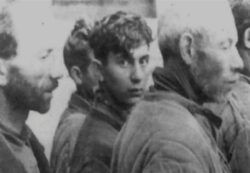
And eventually with a family of his own to Canada, though he did return once to Mukachevo and the ghetto there, an emotional return, eating grapes from grapevines that used to belong to his family. But then back to Canada, no staying on like Simon in the novel. Perhaps the difference is that he sees himself as having been a prisoner of hope, whereas Simon was a prisoner of memory. The past, the future, who can tell the difference? Warsaw in the novel is constantly under reconstruction. Vancouver too. But the past is always there. They are putting up skyscrapers where the ghetto used to be, someone says in the novel. Some things cannot be forgotten.
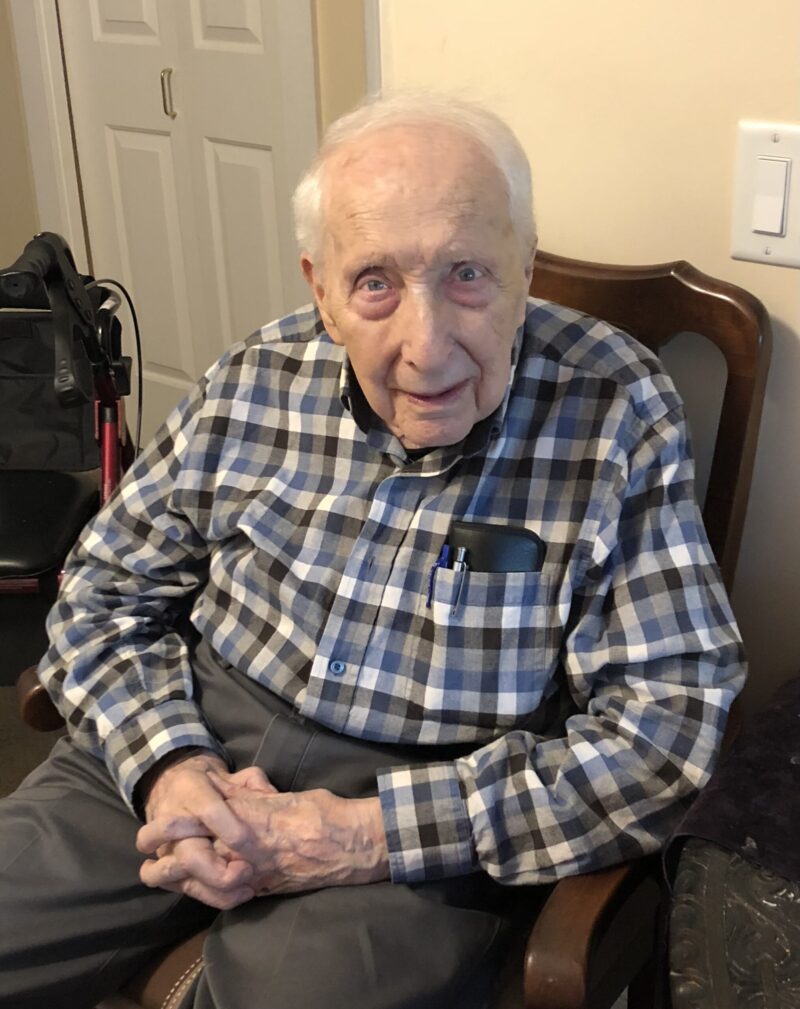
*

Sheldon Goldfarb is the author of The Hundred-Year Trek: A History of Student Life at UBC (Heritage House, 2017), reviewed here by Herbert Rosengarten. He has been the archivist for the UBC student society (the AMS) for more than twenty years and has also written a murder mystery and two academic books on the Victorian author William Makepeace Thackeray. His murder mystery, Remember, Remember (Bristol: UKA Press), was nominated for an Arthur Ellis crime writing award in 2005. His latest book, Sherlockian Musings: Thoughts on the Sherlock Holmes Stories (London: MX Publishing, 2019), was reviewed here by Patrick McDonagh. Originally from Montreal, Sheldon has a history degree from McGill University, a master’s degree in English from the University of Manitoba, and two degrees from the University of British Columbia: a PhD in English and a master’s degree in archival studies. Editor’s note: Sheldon Goldfarb has reviewed a dozen books for The Ormsby Review, most recently by Nicholas Bradley, Sherrill Grace, Philip Resnick, Miriam Nichols, Keith Maillard, Edwin Wong, and Rod Macleod.
*
The Ormsby Review. More Books. More Reviews. More Often.
Publisher and Editor: Richard Mackie
The Ormsby Review is a journal service for serious coverage of B.C. books and authors, hosted by Simon Fraser University. The Advisory Board consists of Jean Barman, Robin Fisher, Cole Harris, Wade Davis, Hugh Johnston, Patricia Roy, David Stouck, and Graeme Wynn. Scholarly Patron: SFU Graduate Liberal Studies. Honorary Patron: Yosef Wosk. Provincial Government Patron since September 2018: Creative BC
“Only connect.” – E.M. Forster
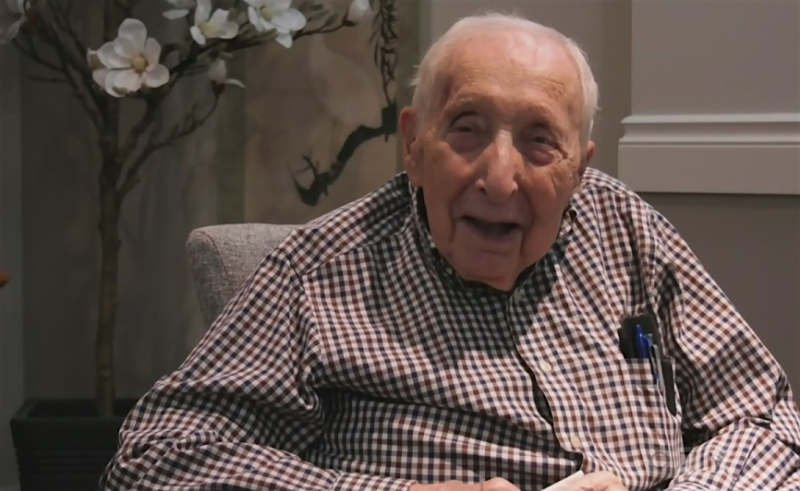
3 comments on “1019 Prisoners of hope & memory”